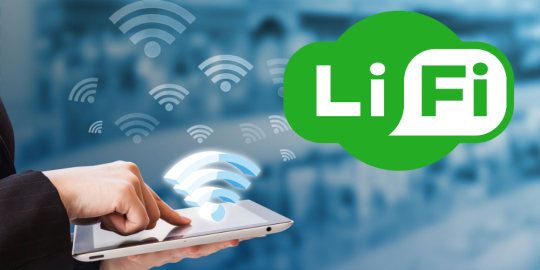
As the technological world gears up to welcome Wi-Fi 7, a new contender emerges on the horizon - Li-Fi or Light Fidelity. A shining beacon in wireless communication, Li-Fi technology leverages the power of light instead of radio signals to transmit data. This light-based tech might not only outshine Wi-Fi 7 in terms of speed, but it could also bring about a revolution in wireless communication.
The concept of Li-Fi hinges on infrared light, presenting a key shift from the conventional Wi-Fi that relies on radio signals. This shift in data transmission represents a major breakthrough as it means compatibility among Li-Fi products from varied manufacturers can be ensured, thanks to the recent IEEE 802.11bb light communications standard for Li-Fi technology.
Germany's Fraunhofer HHI, a pioneer in mobile and optical communication networks, has outlined some enticing benefits of Li-Fi. Incorporating Li-Fi transmitters in light fixtures is one of the unique advantages this technology brings to the table. Another striking feature of Li-Fi is its ability to provide enhanced security owing to its inability to leak through walls as Wi-Fi does.
Even though the current market may not showcase a plethora of products supporting this new technology, the future prospects of Li-Fi hold great promise. The release of the Light Antenna ONE, the first device supporting the Li-Fi standard, marks a crucial step towards the wider adoption of this technology. The fast-paced development in the tech industry could lead to rapid growth in Li-Fi-compatible products.
In conclusion, while Li-Fi is still in its infancy, its potential to surpass Wi-Fi is clear. Given its impressive data transmission speed of around 224 GB per second, Li-Fi could prove to be a game-changer in the realm of wireless communication. Whether it's for high-speed gaming or immersive VR/AR experiences, the future of data transmission could very well be illuminated by Li-Fi.